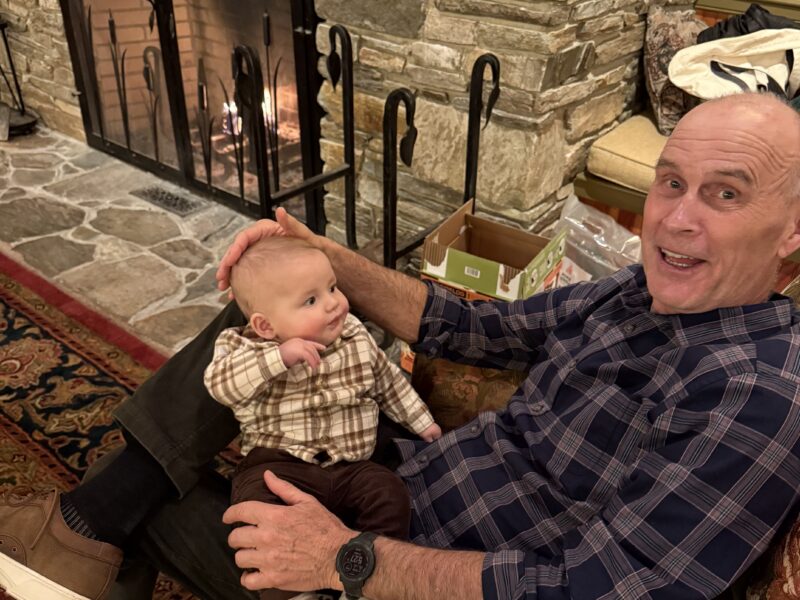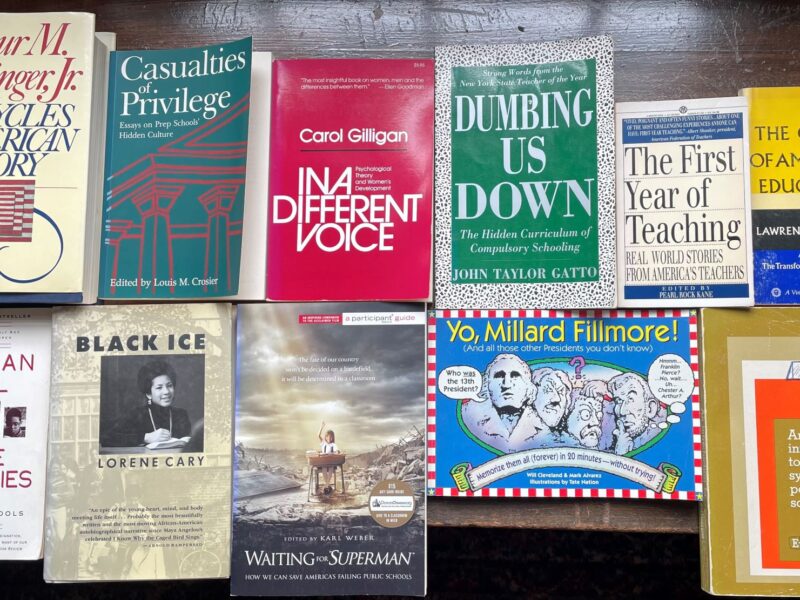
Every morning I fire up the iPad Pro and pore over four newspapers: Portland Press Herald, Boston Globe, NY Times, and WSJ. I don’t read as many books as I once did and most of my book-reading happens on flights to and from Portland International Jetport. Just before take-off, I hope for the best when I click “pay” on my iBooks account. I got lucky with Jean Twenge’s Generations.
If you work with kids or families, I’m betting that you would find value in her comparative observations concerning the various generations she has analyzed. Although some of these observations can come across as harsh, the countless graphs and charts here prevent anyone from accusing her of failing to support her conclusions.
Kicking off with The Silents (Born 1925-1945), she observes, “Much of the social change we associate with Boomers and the 1960s instead originated with Silents.” Although this caught me, a Boomer, by surprise, it’s hard to argue with her when you realize that so many of the celebrated civil/social rights heroes of my youth — MLK, Cesar Chavez, Gloria Steinem, Watergate whistle-blowers Woodward & Bernstein, Ruth Bader Ginsburg — were all Silents, not Boomers. She points out that the Freedom Riders were Silents, not Boomers.
Twenge also throws in some interesting trivia throughout the book. At one point, she describes the Silents as “the last full generation to benefit from education policies that are now difficult to believe: For example, the University of California was tuition-free for state residents until the late 1960s.”
I must admit that I winced a bit during the section on my fellow Boomers (1946-64). Labeling their dominant trait as one of “Self-Focus,” she writes, “As these babies grew up, they formed a demographic bulge in population in each age group they occupied. Like a snake that swallowed a bowling ball, the boomers moved from youth to middle adulthood with numbers noticeably larger than the generations before and after them.”
The stats bear out her observation with 76 million babies born by 1964, more than the population of France, hitting its peak in 1957 with “an incredible 3.8 children per woman.” According to Twenge, we Boomers have been “dominating American culture at every stage of [our] cycle” to an extent tantamount to a “a generational tyranny.”
She’s not all about statistics. I had to concur with this statement: “You’re not a baby boomer if you don’t have a visceral recollection of a Kennedy and a King assassination, a Beatles breakup, a U.S. defeat in Vietnam, and a Watergate.” However, her main point is summed up in a 1970s People Magazine article: “In the 60s we tried to change the world. In the 70s we decided to change ourselves.”
Writer Tom Wolfe (see Electric Kool-Aid Acid Test, The Right Stuff, Bonfire of the Vanities) called our evolution a “voyage to the interior.” The reader is left to at least ponder the reasons why much of our transition from social activism to a more inward turn coincides with the end of the Vietnam War. Maybe we truly believed that that war was both unwarranted and unjust? Maybe we just wanted to get out of the draft? Hmmm…
Then comes her generation, Generation X (1965-1979), one she characterizes as “Analog and Digital Communicators.” Twenge refers to them as “the middle child of generations.” She also points out that they “landed right in the middle of the influences of technology, individualism, and the slow-life strategy. They were born after TV, came of age with computers and then the internet, and got smartphones and social media as adults.”
Transition has been a central fact throughout their lives. The thrill they experienced being among the first to have access to those smart phones on social media came to be replaced by consternation as they now find themselves pleading with their children to put both of those things aside long enough to see what else life has to offer.
Rising individualism is a theme throughout the evolution of Twenge’s generational analysis. By the time it passed to the Gen X’ers, she argues that they “pioneered brash self-confidence in the 1980s, believing they were above average and taking it for granted that they should put themselves first.”
Then come the Millennials (1980-1994). After labelling their dominant traits as “Self-Confidence. Shorter Childhood and Longer Adolescence,” she sums up the Millennials in a single sentence: “In short: As far back as we have measures, and as both teens and young adults, Millennials are the most optimistic and self-confident generation in history.”
This optimistic confidence has led them to break with a number of long-standing societal norms. For example, “Millennials are the first generation in American history in which the majority of 25- to 39-year-olds are not married.”
After presenting several charts and graphs showing the Millennials to be far less religious than previous generations, she posits, “Why is religion less popular with Millennials? In short, because it is not compatible with individualism — and individualism is Millennials’ core value above all else.”
Exploring the comprehensive digitization that the generation has brought to the world, Twenge cautions, “One problem is that digital technology, designed to connect people, has resulted in a system that connects only some people. Dating apps have created the relationship equivalent of income inequality.”
She also throws caution to the idea that Millennials are easy to categorize: “Despite the reputation of this generation as overwhelmingly liberal, 23 of the Millennial representatives (in Congress) are Republicans and 17 are Democrats.”
Turning to Generation Z (1995-2012), she writes, “This is Gen Z in a nutshell: concerned with authenticity, confronting free speech issues, pushing the norms of gender, and struggling with mental health.”
Assigning their trait as “Growing Up Slowly,” she offers an example: “Gen Z teens not only wait to get their driver’s license, they wait to take part in every other activity associated with independence and adulthood.”
Dwelling at length on the “growing up slowly trait”, Twenge observes, “In many ways, 18-year-olds look like 14-year-olds in previous generations… It’s a clear manifestation of the slow-life strategy that has rolled out over the course of the last five American generations: When technology extends the life span and requires more education to attain economic independence, parents have fewer children and those children grow up more slowly.”
Even some of our laws conform with this trend: “Illinois law states that leaving any child under the age of 14 alone constitutes child neglect. Not that long ago, 13-year-olds worked as paid baby-sitters for younger children; now they are believed to need babysitters themselves. That is how slow the slow life has become.”
Incorporating the notion of speech codes into the Gen Z mindset, Twenge refers to the research and conclusions Greg Lukianoff and Jonathan Haidt present in their book The Coddling of the American Mind – How Good Intentions and Bad Ideas are Setting Up a Generation for Failure.*

They observe, “What is new today is the premise that students are fragile.”
One factor supporting this premise is the rise of suicide among young people. Twenge writes, “Twice as many teens were taking their own lives in 2019 than just 12 years before, and three times as many kids in 4th to 9th grade died at their own hands.”
And like Haidt and Lukianoff, Twenge points to social media and cell phones as a driver of this troubling trend. She asks, “Is Gen Z depressed because the world is a harsh place? Or do they think the world is a harsh place because they are depressed? By definition, depression involves perceiving the world around you in a more negative light.” She intimates that, perhaps more than any generation preceding them, members of Gen Z believe that the world is stacked against them.
Twenge wraps it up with what she calls The Polars (2013-2029) and wonders how they will forge ahead in a world where “by 2030, all Boomers will be age 65 or older. By 2034, there will be more adults than children.” Hmmm, indeed.
Onward, Malcolm Gauld
* My 2020 review of Coddling of the American Mind:
http://thoughtsoncharacter.com/the-coddling-of-the-american-mind/



